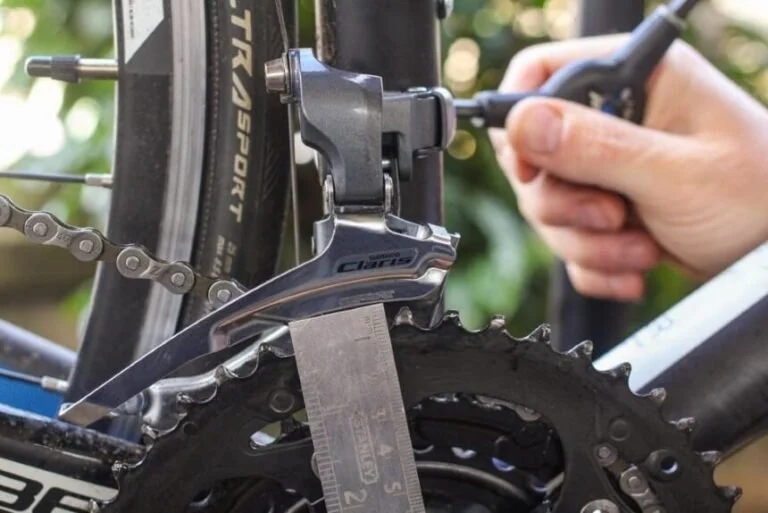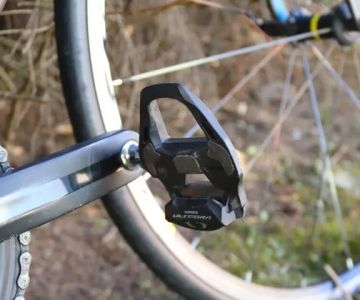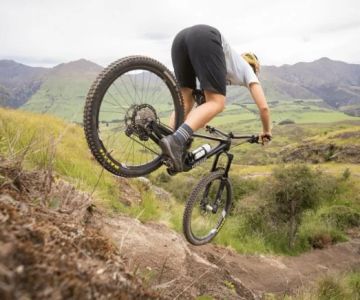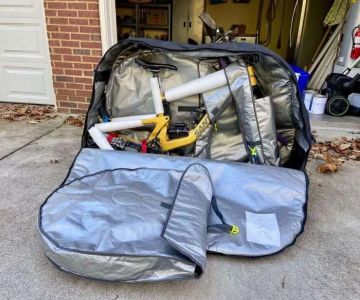
- 1- Understanding Derailleurs and Their Importance
- 2- Factors to Consider When Picking a Derailleur
- 3- Matching Your Derailleur to the Terrain
- 4- Common Derailleur Setup Options for Different Terrain Types
- 5- Real-Life Case Study: Choosing the Right Derailleur for Mountain Biking







 Sebastopol Bike Center3.0 (59 reviews)
Sebastopol Bike Center3.0 (59 reviews) Pacos Sacramento4.0 (88 reviews)
Pacos Sacramento4.0 (88 reviews) ChucknRoll Bikes4.0 (37 reviews)
ChucknRoll Bikes4.0 (37 reviews) Electric Bicycle Shop | FANY RIDE3.0 (20 reviews)
Electric Bicycle Shop | FANY RIDE3.0 (20 reviews) Mike's Bikes of San Francisco4.0 (266 reviews)
Mike's Bikes of San Francisco4.0 (266 reviews) Liberty Cycles4.0 (211 reviews)
Liberty Cycles4.0 (211 reviews) How to Teach Kids to Ride a Bike: A Step-by-Step Guide for Parents
How to Teach Kids to Ride a Bike: A Step-by-Step Guide for Parents Tips for Riding on Busy City Streets: Smart Strategies for Urban Cyclists
Tips for Riding on Busy City Streets: Smart Strategies for Urban Cyclists Best US National Parks for Mountain Biking: Ride Epic Trails Across America
Best US National Parks for Mountain Biking: Ride Epic Trails Across America Best Aero Helmets for Time Trials and Racing
Best Aero Helmets for Time Trials and Racing How to Clean and Lubricate Your Bike Chain Like a Pro
How to Clean and Lubricate Your Bike Chain Like a Pro 10 Must-Have Items for Long-Distance Cycling Trips
10 Must-Have Items for Long-Distance Cycling Trips